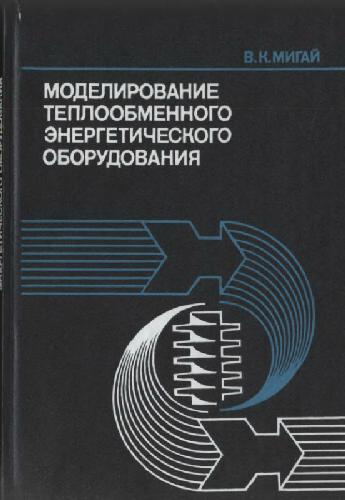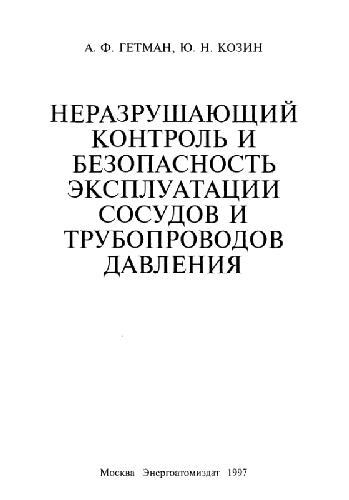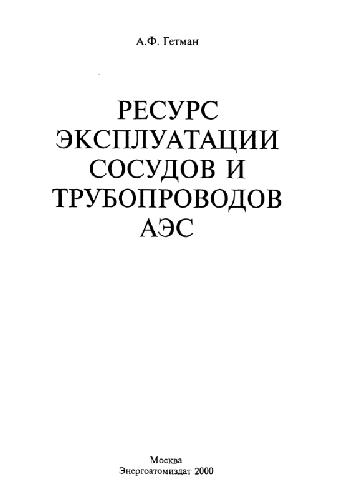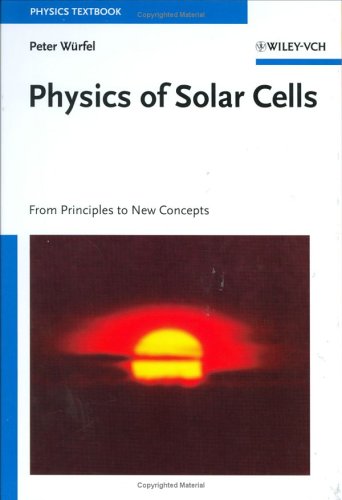edited by F. Smarandache & V. Christianto9781599730424, 1599730421
The present book covers a wide-range of issues from alternative hadron models to their likely implications to New Energy research, including alternative interpretation of low-energy reaction (coldfusion) phenomena. The authors explored some new approaches to describe novel phenomena in particle physics. M Pitkanen introduces his nuclear string hypothesis derived from his Topological Geometrodynamics theory, while E. Goldfain discusses a number of nonlinear dynamics methods, including bifurcation, pattern formation (complex Ginzburg-Landau equation) to describe elementary particle masses. Fu Yuhua discusses a plausible method for prediction of phenomena related to New Energy development. F. Smarandache discusses his unmatter hypothesis, and A. Yefremov et al. discuss Yang-Mills field from Quaternion Space Geometry. Diego Rapoport discusses link between Torsion fields and Hadronic Mechanic. A.H. Phillips discusses semiconductor nanodevices, while V. and A. Boju discuss Digital Discrete and Combinatorial methods and their likely implications to New Energy research. Pavel Pintr et al. describe planetary orbit distance from modified Schrödinger equation, and M. Pereira discusses his new Hypergeometrical description of Standard Model of elementary particles. The present volume will be suitable for researchers interested in New Energy issues, in particular their link with alternative hadron models and interpretation. While some of these discussions may be found a bit too theoretical, our view is that once these phenomena can be put into rigorous theoretical framework, thereafter more ‘open-minded’ physicists may be more ready to consider these New Energy methods more seriously. Our basic proposition in the present book is that considering these new theoretical insights, one can expect there are new methods to generate New Energy technologies which are clearly within reach of human knowledge in the coming years. |
Table of contents :
Chapter – The Hypergeometrical_marco_Short2.pdf……Page 0
Introduction and motivation……Page 197
Conventions and assumptions……Page 198
Fractional dynamics of the complex-scalar field……Page 199
Emergence of massive field theories……Page 200
Critical behavior in continuous dimension……Page 201
Universal scaling of fermion masses……Page 202
Concluding remarks……Page 203
References……Page 204
1. Introduction……Page 403
2.2 Topology……Page 405
2.3 Origins of the Hyperspherical Expansion……Page 407
2.3.3 The Fundamental Dilator……Page 410
2.3.4 Electron Model……Page 411
2.36 Shadow Physics……Page 412
2.3.7 3D and 4D Masses……Page 413
2.5 The Meaning of Inertia……Page 415
2.6.1 Hypergeometrical Newton’s First Law……Page 416
2.7 Cosmological Coherence……Page 417
2.11 Hypergeometrical Newton’s Second Law……Page 418
3.1 Quantum Gravity and Electrostatic Interaction……Page 419
3.2 Magnetic Interaction……Page 425
4. Hypergeometrical Standard Model……Page 430
5. Coherent Nuclear Fusion……Page 446
6. Conclusions:……Page 450
Conclusions about Time……Page 452
Astronomical Conclusions:……Page 453
Solar Neutrino Deficit Conclusion:……Page 455
Coherent Fusion Conclusion:……Page 456 |







Reviews
There are no reviews yet.